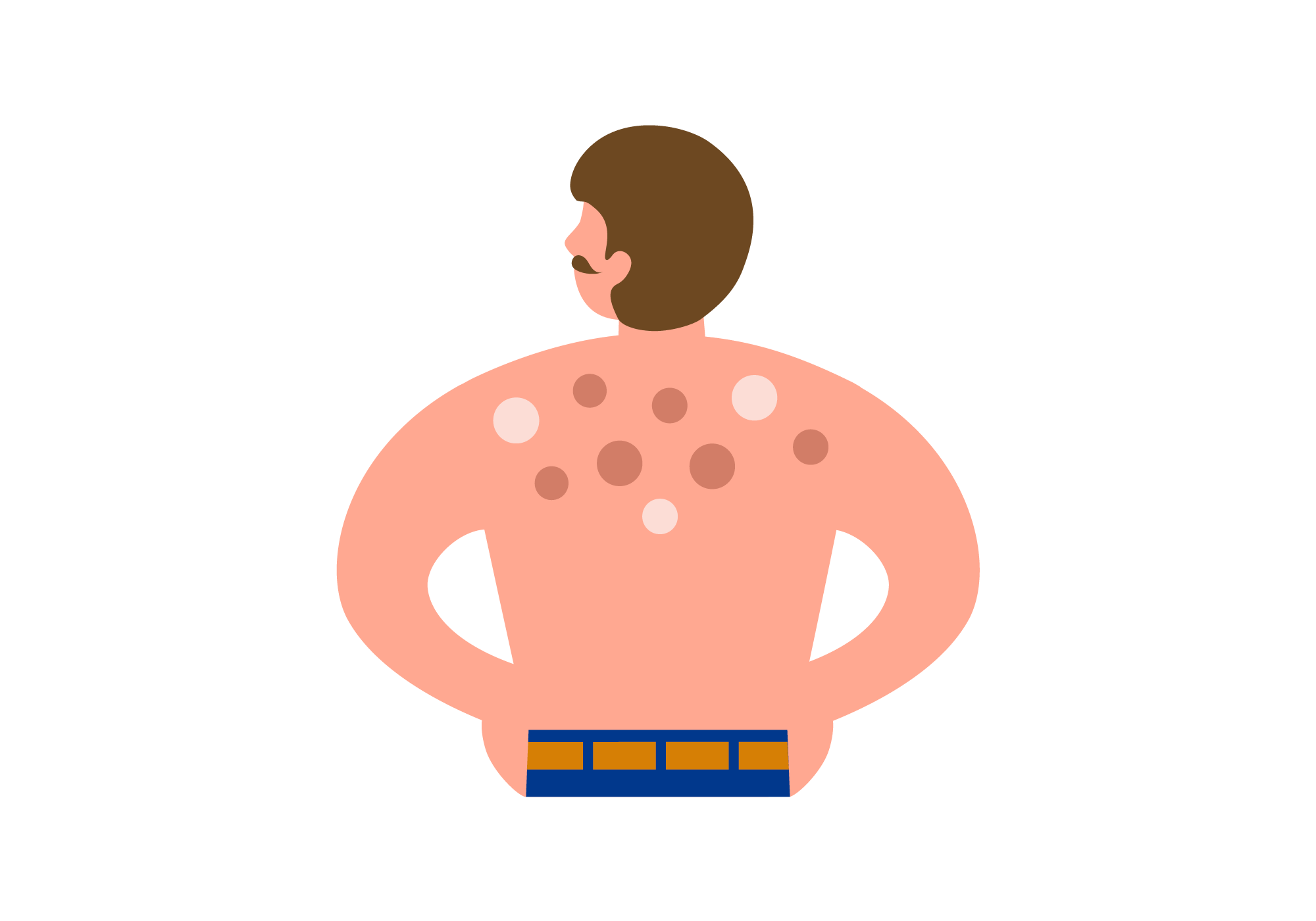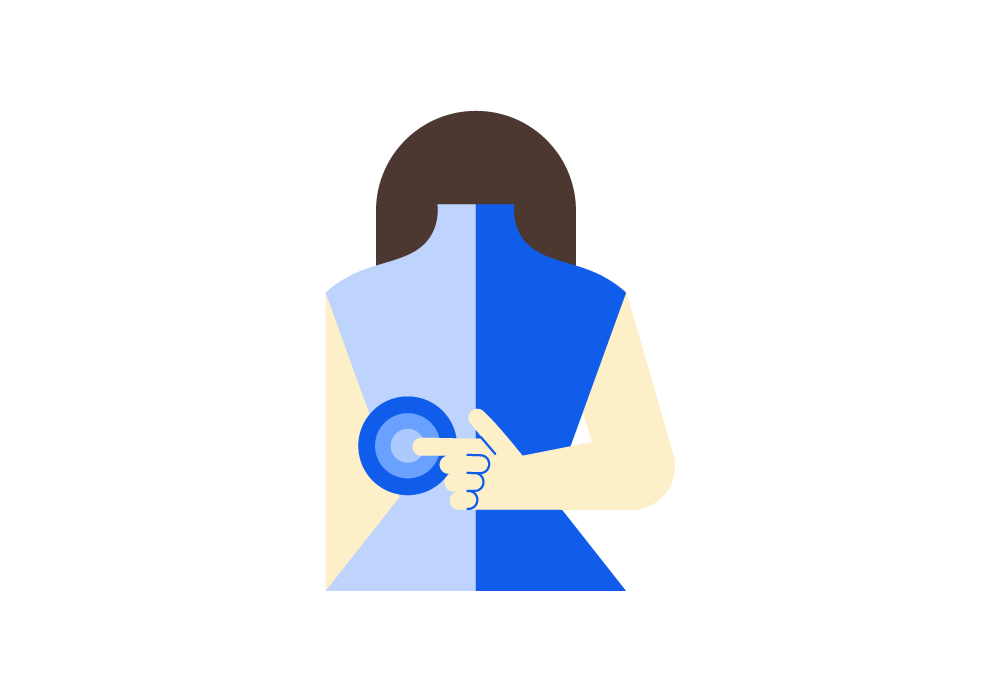Have you ever experienced a mysterious lump on your back after a workout? It can be quite alarming! But don’t worry, it’s actually a common occurrence. In this article, we’ll explore the common causes of lumps on the back and provide some helpful tips on how to fix them.
One of the most common causes of lumps on the back, especially after doing squats, is muscle soreness and inflammation. When you perform squats, you engage multiple muscles in your back, including the erector spinae and the trapezius.
This intense workout can result in micro-tears in the muscle fibers, leading to inflammation and the formation of lumps. While this may sound concerning, it’s actually a sign that your muscles are growing stronger.
In the next paragraphs, we’ll dive deeper into other potential causes of lumps on the back, such as cysts, lipomas, and swollen lymph nodes. So, if you’re curious to learn more about why you might be experiencing these lumps and how you can fix them, keep reading!

Common Causes of Lumps on the Back
Lumps on the back can be an alarming discovery, especially if you’re unsure of what they are or what caused them. In this article, we will explore the different types of back lumps, the pain or discomfort associated with them, as well as the common causes. It’s important to remember that while this article provides general information, it is always best to consult a medical professional for an accurate diagnosis and appropriate treatment.

Different Types of Back Lumps
There are various types of back lumps that can occur, each with its own characteristics and causes. Understanding these different types can help you identify the lump you may have and determine the appropriate course of action.
Muscular Lumps
One of the most common types of back lumps is muscular lumps. These can happen due to strained muscles, muscle knots, or muscle spasms. Strained muscles occur when the muscles are overworked or subjected to excessive force, resulting in tiny tears in the muscle fibers. Muscle knots, also known as myofascial trigger points, are tight, contracted areas within the muscle that can be felt as lumps. Muscle spasms, on the other hand, are involuntary contractions of the muscle that can cause pain and discomfort.
Lipomas
Lipomas are another common cause of lumps on the back. They are benign tumors made up of fat cells and typically feel soft and movable under the skin. Lipomas are usually painless and are more common in middle-aged adults. While they are generally harmless, some people may choose to have them surgically removed for cosmetic reasons or if they cause discomfort or grow larger in size.
Sebaceous Cysts
A sebaceous cyst is a noncancerous growth that develops beneath the skin. It occurs when the sebaceous glands, which are responsible for producing oil, become blocked, leading to the accumulation of sebum. Sebaceous cysts are usually painless and can feel like a small, round lump under the skin. In some cases, they may become infected or inflamed, causing pain and redness. Treatment options for sebaceous cysts may include antibiotics, drainage, or surgical removal.
Herniated Discs
Herniated discs, also known as slipped or ruptured discs, can cause back lumps and significant pain. They occur when the soft inner material of a disc protrudes through a crack in the outer casing, pressing on nearby nerves. This can result in pain, numbness, and weakness in the back and other parts of the body. Treatment options for herniated discs may include physical therapy, pain medication, or in severe cases, surgery.
Infection or Abscess
Infections or abscesses on the back can cause painful and swollen lumps. Common causes of these lumps include bacterial or fungal infections, which can occur when the skin is broken or compromised. Symptoms of an infection or abscess may include redness, warmth, tenderness, and the presence of pus. Treatment options may include antibiotics, drainage of the abscess, or surgical intervention if necessary.
Spinal Tumors
Although rare, spinal tumors can also cause lumps on the back. There are different types of spinal tumors, including benign and malignant tumors. Symptoms may vary depending on the location and size of the tumor, but can include back pain, weakness or numbness in the legs or arms, and difficulty walking. Diagnosis and treatment of spinal tumors require medical intervention, such as imaging tests and potentially surgery or radiation therapy.

When to See a Doctor
While some back lumps may resolve on their own or be harmless, it is important to seek medical attention if you experience certain symptoms or if the lump persists or worsens over time. Signs that indicate the need for medical attention include:
- Unexplained or persistent pain
- Rapid growth or changes in the appearance of the lump
- Redness, warmth, or tenderness around the lump
- Difficulty moving or performing daily activities
- Numbness or weakness in the limbs
- Fever or signs of infection
Early diagnosis and treatment are crucial in managing any potential underlying conditions. By seeking medical advice, you can receive an accurate diagnosis and appropriate treatment, ensuring your well-being and peace of mind.

Conclusion
In conclusion, lumps on the back can have various causes, including muscular lumps, lipomas, sebaceous cysts, herniated discs, infections or abscesses, and spinal tumors. Identifying the type of lump and understanding the associated symptoms can help determine the necessary steps for diagnosis and treatment.
If you notice a lump on your back, it is important to consult a medical professional for an accurate evaluation and appropriate care.




